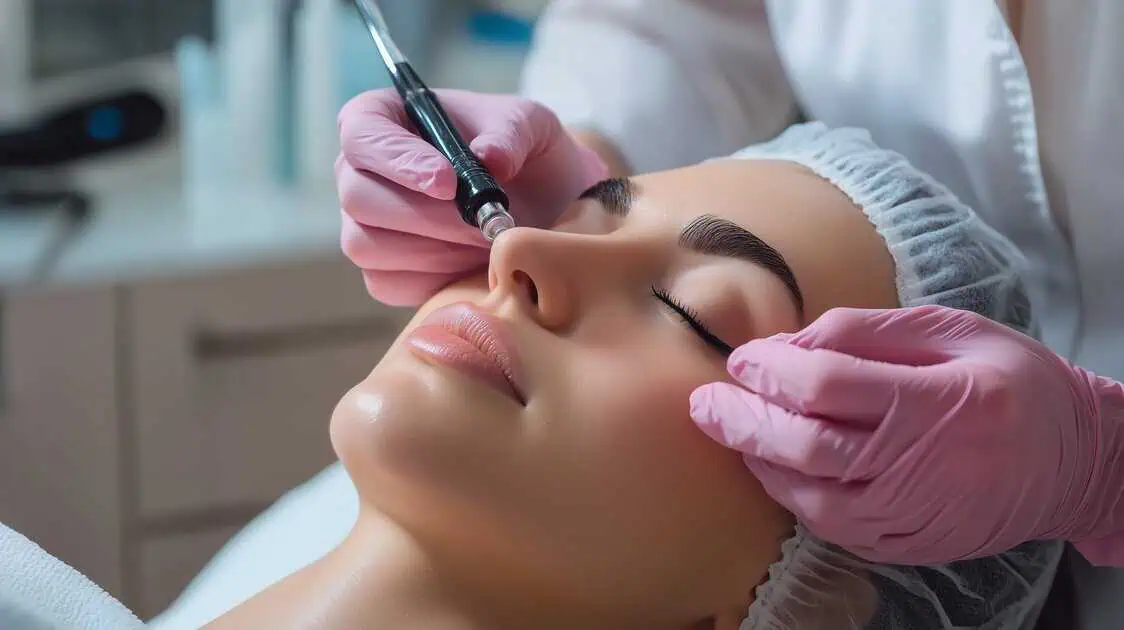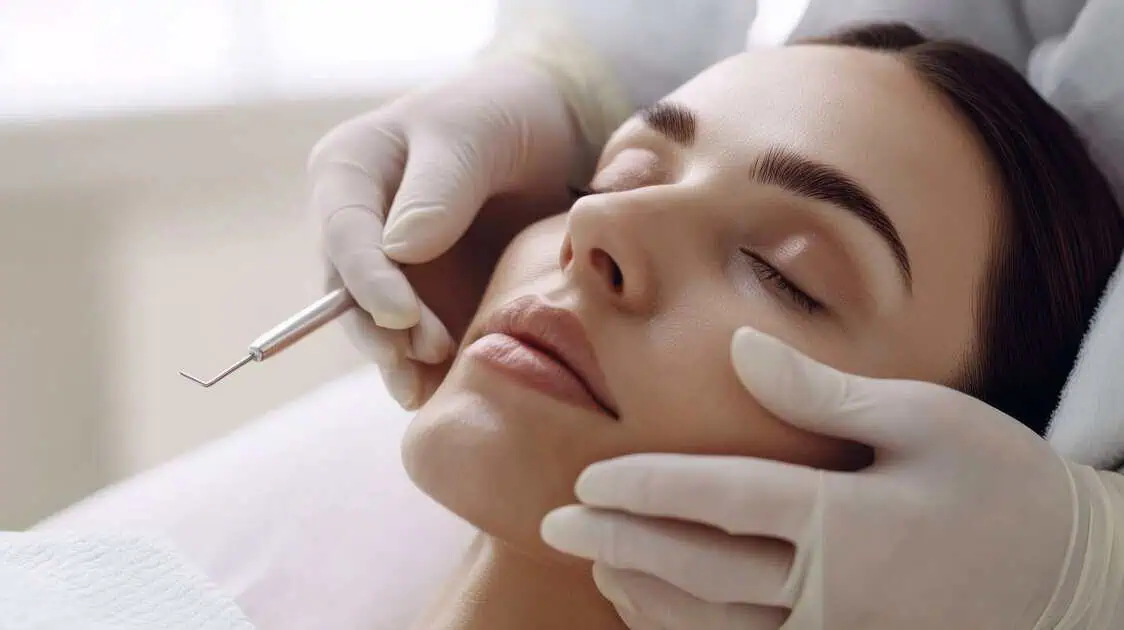Neurotoxins are substances that are toxic to the nervous system, which can disrupt the normal functioning of the nervous system, leading to a wide range of symptoms and conditions. Some of the most well-known neurotoxins include lead, mercury, pesticides, certain drugs, and botulinum toxin. Botulinum toxin, also known as Botox, is widely used in medical aesthetics treatment to reduce the appearance of wrinkles and fine lines. In this blog, we will explore what is neurotoxins, how they work, and their effects on the body, focusing on neurotoxins in medical aesthetics treatment.
What are Neurotoxins?
Neurotoxins are substances that are toxic to the nervous system and can disrupt the normal functioning of the nervous system by interfering with the transmission of nerve impulses. This disruption can lead to many symptoms. Neurotoxins can be found in various sources, including environmental pollutants, food, drugs, and specific medical treatments.
How do Neurotoxins Work?
Neurotoxins work by interfering with the normal functioning of the nervous system in a variety of ways, including:
- Inhibiting neurotransmitter release: Neurotransmitters are chemicals responsible for transmitting nerve impulses between neurons. Neurotoxins can inhibit the release of neurotransmitters, disrupting nerve transmission.
- Disrupting ion channels: Ion channels are proteins responsible for regulating the flow of ions (charged particles) into and out of cells. Neurotoxins can disrupt ion channels, disrupting the electrical signalling of neurons.
- Interfering with enzyme activity: Enzymes are proteins responsible for various chemical reactions in the body. Neurotoxins can interfere with enzyme activity, disrupting the chemical signalling of neurons.
Effects of Neurotoxins on the Body
Neurotoxins can have a wide range of effects on the body, depending on the specific substance and the amount of exposure. Some of the most common effects of neurotoxins on the body include the following:
- Muscle weakness: Neurotoxins can cause muscle weakness by interfering with the standard transmission of nerve impulses to the muscles.
- Tremors: Tremors are involuntary shaking or trembling movements of the body. Neurotoxins can cause tremors by disrupting the normal functioning of the nervous system.
- Memory loss: Neurotoxins can interfere with the normal functioning of the hippocampus, a part of our brain that is important for memory formation and retrieval.
- Cognitive impairment: Neurotoxins can cause cognitive impairment by interfering with the brain’s normal functioning.
Neurotoxins in Medical Aesthetics Treatment
Botulinum toxin, also known as Botox, is a neurotoxin widely used in medical aesthetics treatment to help lessen the appearance of wrinkles and fine lines. Botox works by intercepting the release of acetylcholine, a neurotransmitter responsible for muscle contraction. When Botox is injected into the muscle, it temporarily paralyzes the muscle, which reduces the appearance of wrinkles and fine lines.
Botox is typically injected into the forehead, around the eyes, and between the eyebrows to reduce the appearance of wrinkles and fine lines. The effects of Botox last for several months, after which time the injections must be repeated to maintain the desired results.
Other Benefits of Neurotoxins
In addition to Botox, other neurotoxins are used in medical aesthetics treatment, such as Dysport and Xeomin. Dysport and Xeomin work similarly to Botox by blocking the release of acetylcholine and preventing muscle contractions. However, they have slightly different formulations and may have other effects and side effects compared to Botox.
Aside from their use in medical aesthetics, neurotoxins have also been studied for their potential therapeutic applications in various medical conditions. For example, botulinum toxin has been used to treat muscle spasticities such as cerebral palsy and multiple sclerosis, chronic migraines, and excessive sweating. Research is also ongoing to investigate the potential use of neurotoxins in treating other neurological conditions, such as Parkinson’s disease and Tourette’s syndrome.
It is important to note that while neurotoxins can have therapeutic benefits, they should only be used under the guidance of a qualified healthcare provider. Misuse or overuse of neurotoxins can lead to severe complications and side effects, including paralysis and respiratory failure.
Potential Side Effects of Neurotoxins
While Botox is generally considered safe and effective, some risks are associated with its use. These include:
- Bruising and swelling: It is common to experience some bruising and swelling at the injection site after Botox treatment. This usually subsides within a few days.
- Headache: Some people may experience a headache after Botox treatment.
- Drooping eyelid or eyebrow: In rare cases, Botox can cause the eyelid or eyebrow to droop temporarily.
- Allergic reaction: Some people may be allergic to Botox, which can cause hives, itching, and difficulty breathing.
- Spread of toxin effects: In rare cases, Botox’s results can spread beyond the injection site, causing symptoms such as muscle weakness, difficulty swallowing, and breathing problems.
Choosing a qualified and experienced healthcare provider for Botox treatment is essential to minimize the risk of complications. It is also vital to discuss Botox’s potential risks and benefits with your medical provider before undergoing treatment.
Conclusion
In conclusion, neurotoxins are potent substances that can affect the nervous system in various ways. While they can be found in environmental pollutants and certain medications, they are also used in medical aesthetics treatment to reduce the appearance of wrinkles and fine lines. Botox, Dysport, and Xeomin are neurotoxins commonly used in medical aesthetics, with slightly different formulations and effects. Choosing a qualified healthcare provider for neurotoxin treatment is essential to ensure safety and effectiveness.
At Bella Rose Aesthetics, we offer a range of medical aesthetics treatments, including Botox, Dysport, and Xeomin. Our team of qualified and experienced healthcare providers is dedicated to providing safe and effective treatments to help our clients look beautiful and feel at their best. We understand that every individual has unique needs and goals, so we take the time to listen to our clients and customize our treatments to their specific needs.
If you are considering neurotoxin treatment for medical aesthetics, we invite you to schedule a consultation with one of our providers at Bella Rose Aesthetics. We will take the time to understand your goals and discuss the potential risks and benefits of treatment with you. Contact us today to discover more about our services and schedule your appointment.





